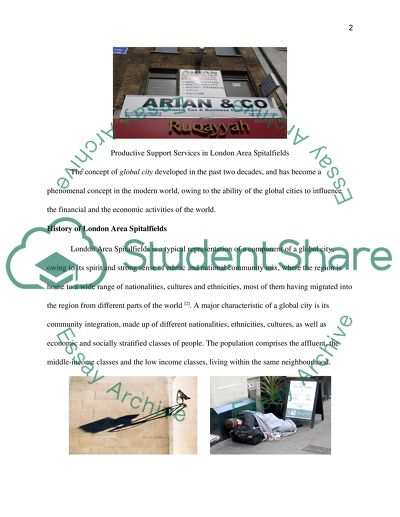Cite this document
(The Global City Assignment Example | Topics and Well Written Essays - 1667 words, n.d.)
The Global City Assignment Example | Topics and Well Written Essays - 1667 words. Retrieved from https://studentshare.org/sociology/1497374-wikipedia-entry-the-global-city-focusing-on-london
The Global City Assignment Example | Topics and Well Written Essays - 1667 words. Retrieved from https://studentshare.org/sociology/1497374-wikipedia-entry-the-global-city-focusing-on-london
(The Global City Assignment Example | Topics and Well Written Essays - 1667 Words)
The Global City Assignment Example | Topics and Well Written Essays - 1667 Words. https://studentshare.org/sociology/1497374-wikipedia-entry-the-global-city-focusing-on-london.
The Global City Assignment Example | Topics and Well Written Essays - 1667 Words. https://studentshare.org/sociology/1497374-wikipedia-entry-the-global-city-focusing-on-london.
“The Global City Assignment Example | Topics and Well Written Essays - 1667 Words”, n.d. https://studentshare.org/sociology/1497374-wikipedia-entry-the-global-city-focusing-on-london.


